Introduction to Chinese Silver Coins
Chinese silver coins tell a fascinating story of China’s economic evolution and cultural heritage. From ancient times, silver has played a crucial role in China’s economy, serving as a medium of exchange and a store of value. The history of Chinese silver coinage spans millennia, reflecting the country’s dynastic changes, foreign influences, and economic reforms.
The significance of silver in China cannot be overstated. It formed the backbone of the country’s monetary system for centuries, facilitating both domestic and international trade. Chinese silver coins have passed through distinct eras, each leaving its unique imprint on the nation’s numismatic legacy.
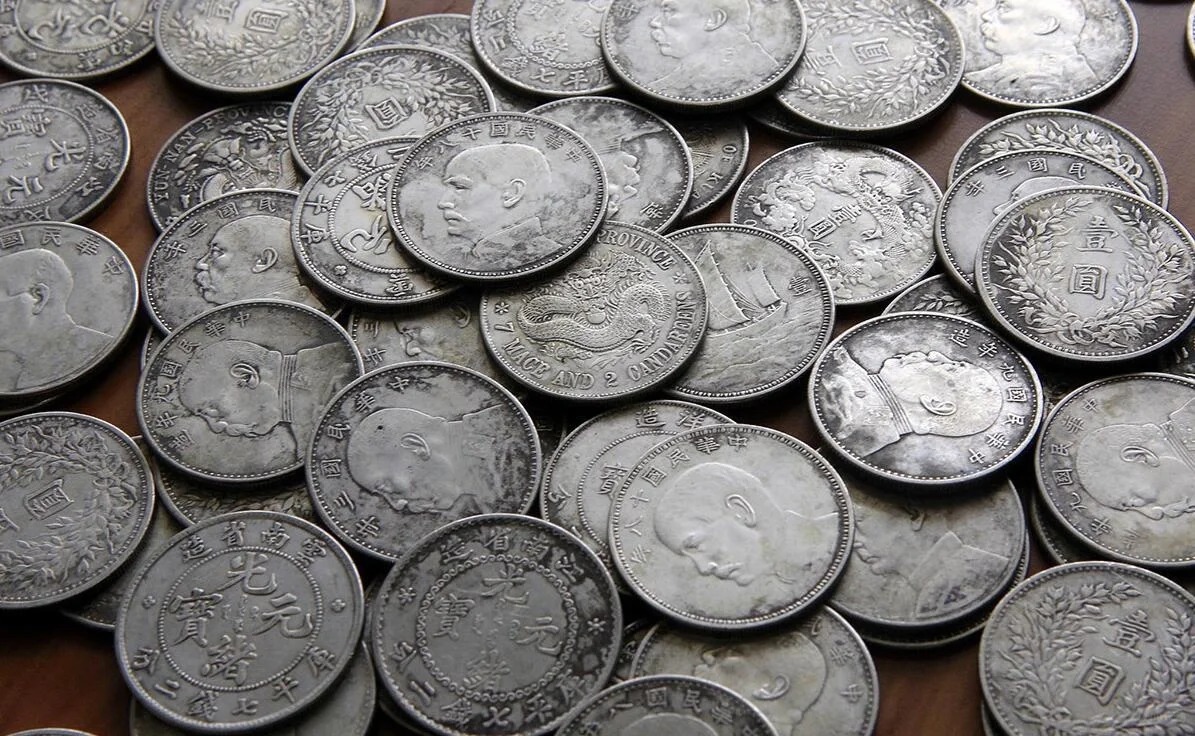
Imperial Chinese Silver Coins
In imperial China, silver was primarily used in the form of ingots or “sycee” (元宝, yuánbǎo). These boat-shaped pieces of silver varied in weight and purity, serving as a precursor to standardized coinage.
The influx of Spanish dollars in the 16th century significantly influenced Chinese currency. These widely circulated coins, known as “pieces of eight,” were often counterstamped with Chinese characters, creating a hybrid currency that bridged East and West.
The late Qing Dynasty saw the introduction of machine-struck silver coins. The most famous of these was the Dragon Dollar (龙洋, lóngyáng), featuring the imperial dragon and embodying China’s attempt to modernize its currency system.
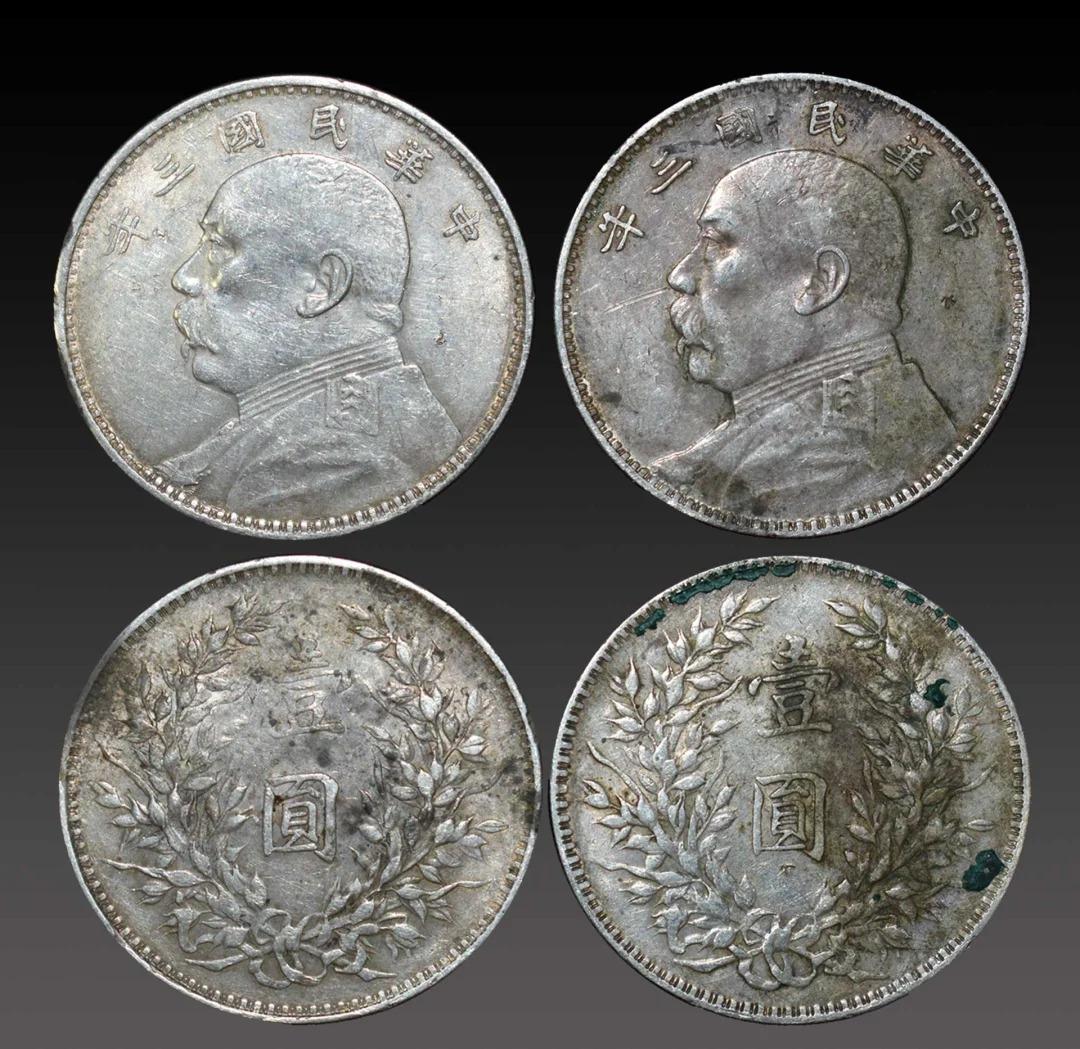
Republican Era Silver Coins (1912-1949)
The fall of the Qing Dynasty ushered in a new era of Chinese coinage. The Republican period saw the minting of some of China’s most iconic silver coins:
- Yuan Shikai “Fat Man” Dollar: Featuring the portrait of President Yuan Shikai, these coins were minted from 1914 to 1921.
- Sun Yat-sen “Junk” Dollar: Introduced in 1932, these coins depicted Dr. Sun Yat-sen on the obverse and a Chinese junk ship on the reverse.
- Provincial Issues: Various provinces minted their own silver coins, reflecting regional autonomy.
Commemorative coins were also issued during this period, marking significant events in China’s history.
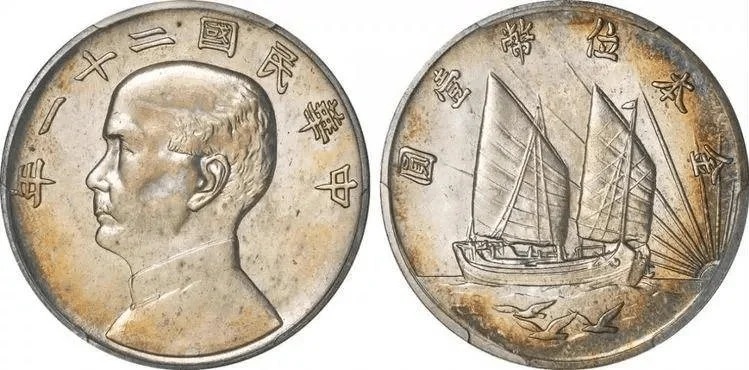
Modern Chinese Silver Coins
The establishment of the People’s Republic of China in 1949 initially halted the production of silver coins for circulation. However, in recent decades, China has emerged as a major producer of commemorative and bullion silver coins.
| Series | Start Year | Key Features |
|---|---|---|
| Panda | 1983 | Annual design changes, .999 fine silver |
| Lunar | 1981 | Based on Chinese zodiac, 12-year cycle |
| Historical | Various | Commemorating Chinese history and culture |
Modern Chinese silver coins are divided into bullion issues, valued primarily for their silver content, and numismatic issues, which command premiums based on rarity and collector demand.
Collecting Chinese Silver Coins
For beginners interested in collecting Chinese silver coins, start by focusing on a specific era or theme. Research is crucial to avoid counterfeits, which are unfortunately common in the market.
Tips for identifying authentic coins:
- Study the intricate details of genuine coins
- Familiarize yourself with the weight and dimensions of specific issues
- Consider professional authentication for valuable pieces
Proper storage and handling are essential for preserving the condition of silver coins. Use acid-free holders and avoid touching the coin’s surface directly.
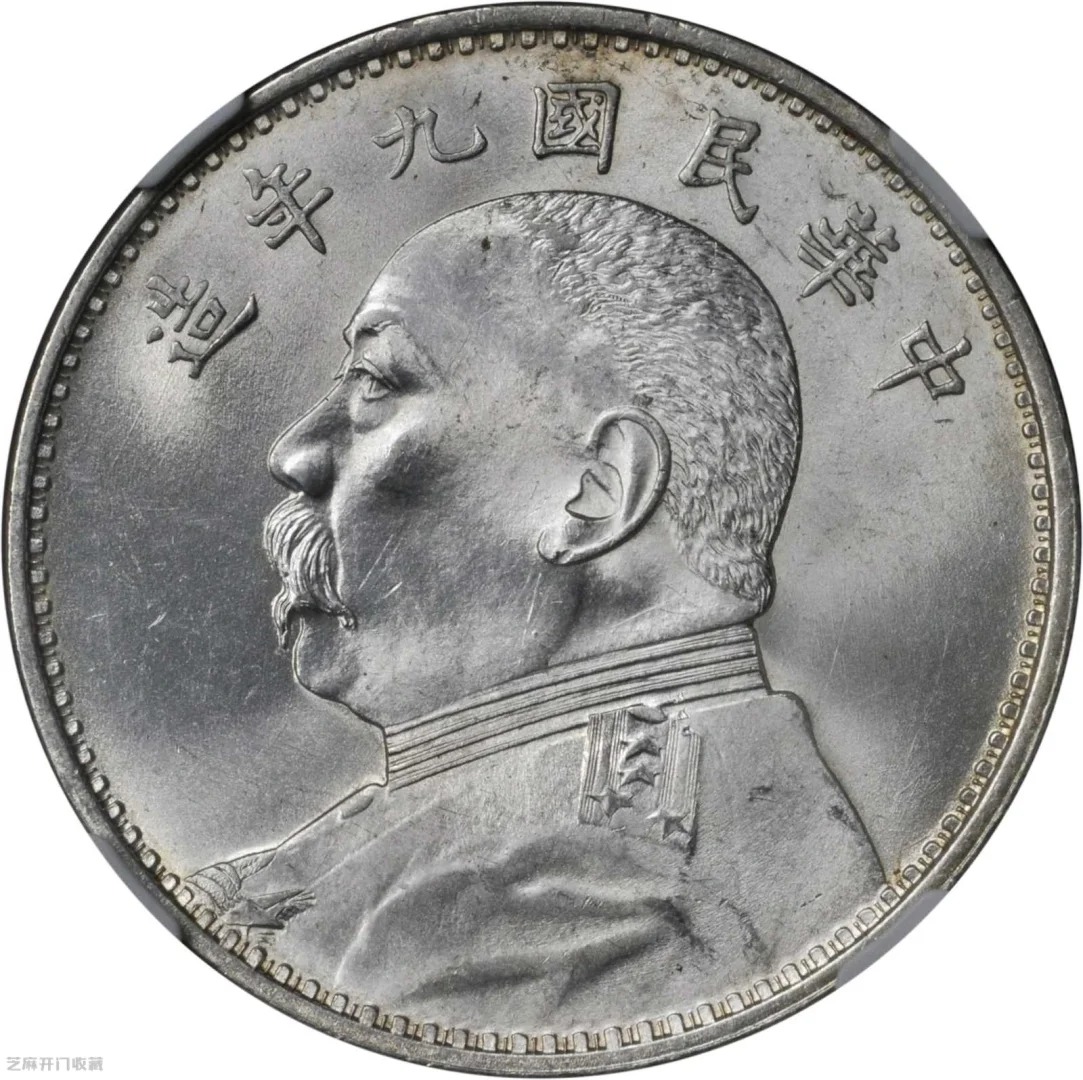
Cultural and Historical Significance
Chinese silver coins are more than just currency; they are windows into China’s rich history. The designs often incorporate important cultural symbols:
- Dragons representing imperial power
- Phoenix symbolizing rebirth and virtue
- Landscapes depicting China’s natural beauty
These coins played a vital role in China’s economic history, facilitating trade along the Silk Road and maritime routes. They also served as a medium of cultural exchange, introducing Chinese artistry and symbolism to the world.
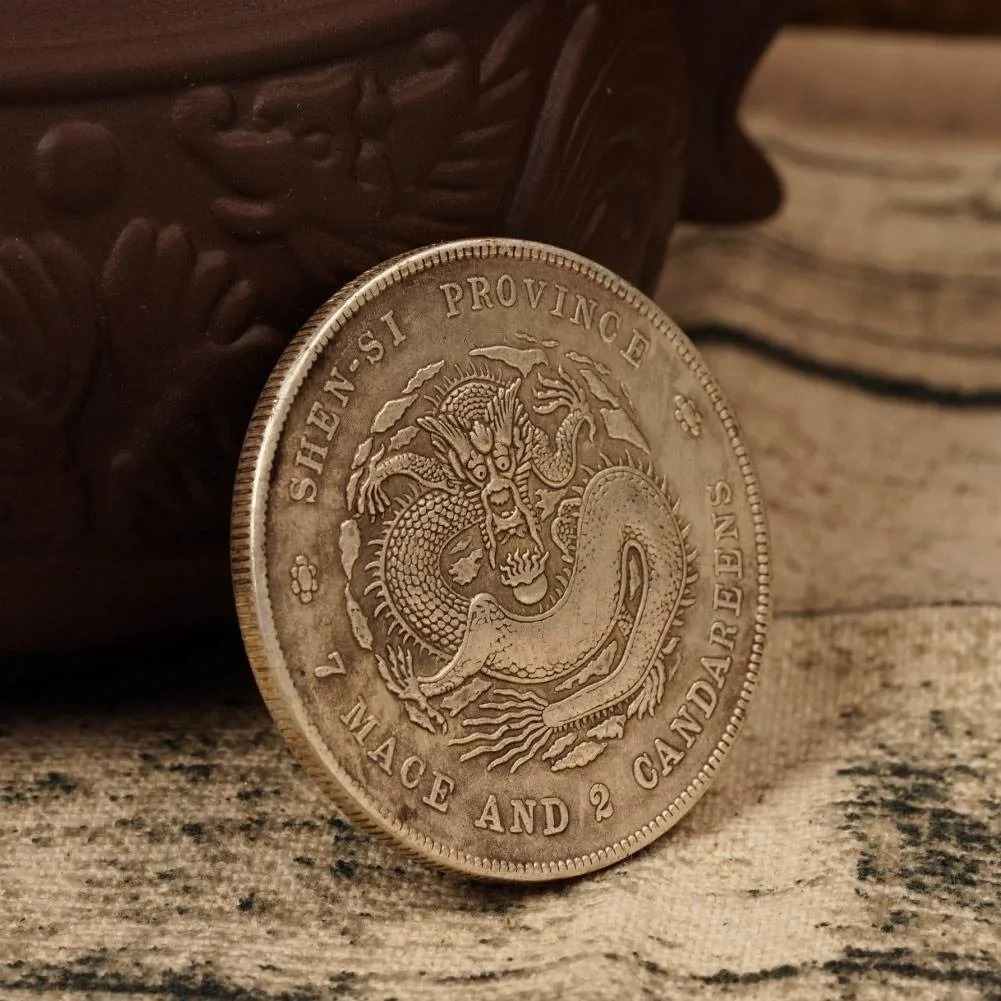
Chinese Silver Coins for Travelers
Travelers to China can explore this numismatic heritage at several museums:
- Shanghai Museum’s coin gallery
- Shenyang Finance Museum in Liaoning Province
- China Numismatic Museum in Beijing
When purchasing silver coins as souvenirs, be aware of regulations regarding the export of antique coins. Generally, coins minted before 1949 require an export permit from cultural heritage authorities.
Major cities like Beijing, Shanghai, and Guangzhou host coin markets and specialized shops. The Panjiayuan Antique Market in Beijing is particularly famous for its numismatic offerings.
Remember, while modern commemorative coins are freely available, the purchase of historical coins should be approached with caution and knowledge of relevant laws.





